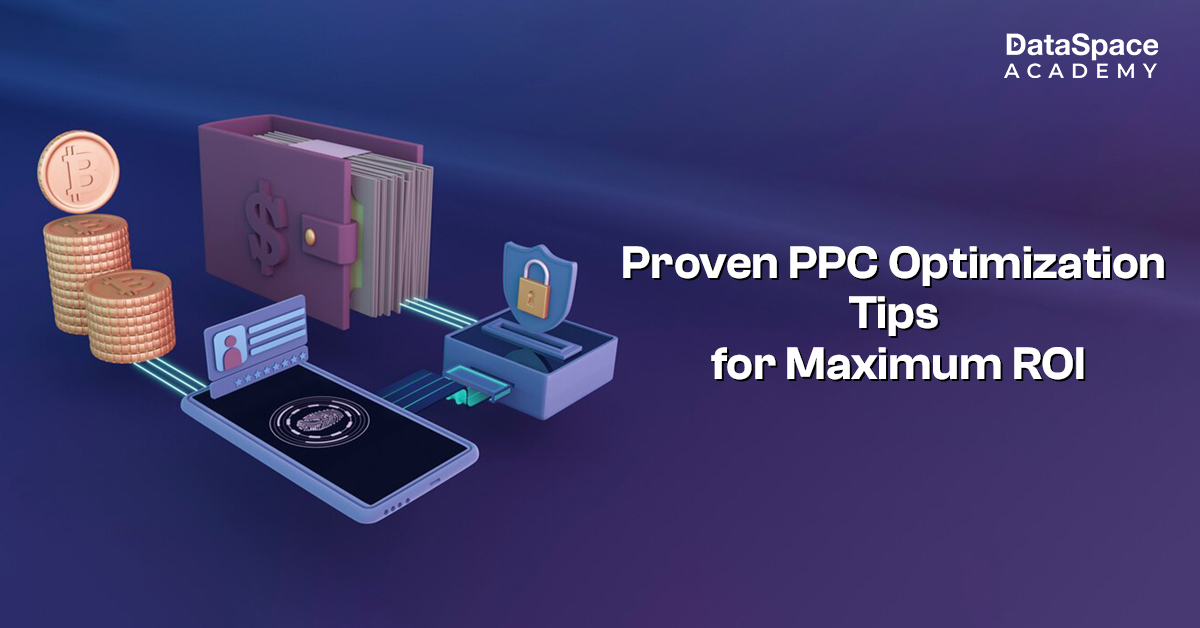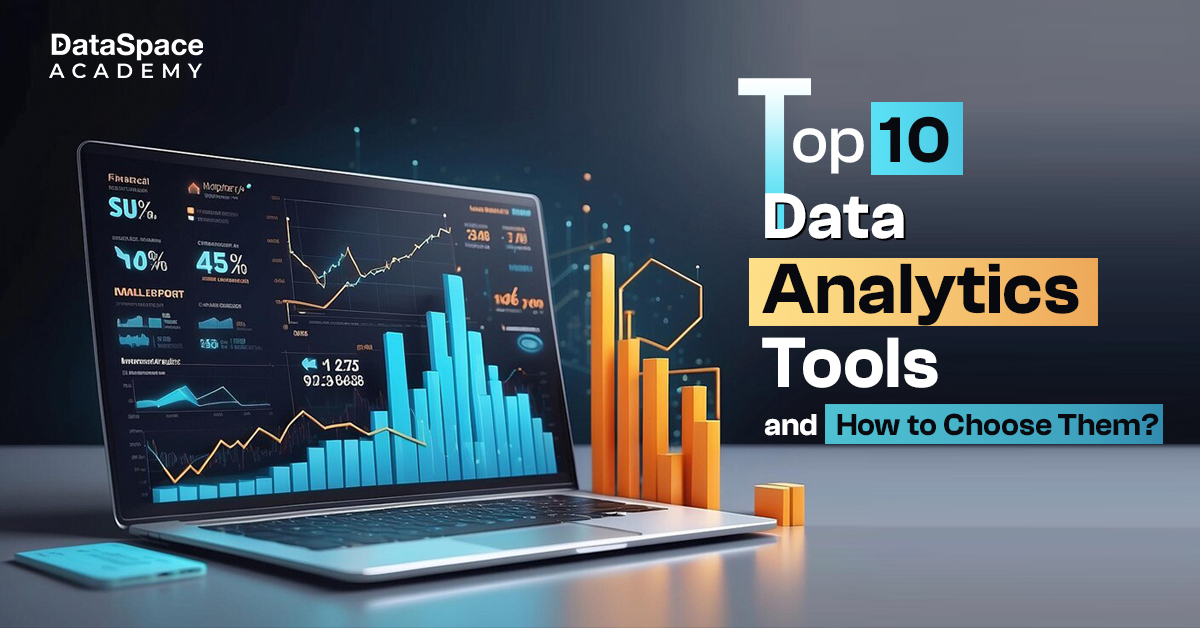Know the Key Components of the Data Governance Program
Last Updated : 01 Dec, 2021
 55.58K
55.58K

Know the Key Components of the Data Governance Program
Table of Contents
All data management programs are built on the foundation of data governance. It is a foundational discipline that underpins all other data management disciplines such as data warehousing, business analytics, big data, master data management, etc. Data governance requires ten critical components to address the enterprise’s data management requirements for each knowledge area.
So, What are the important component of IT and data governance?
People
The backbone of any records governance application is the records governance specialists, statistics stewards, and different vital enterprise and IT employees. They devise and hold workflows to assure that the enterprise’s information governance desires are addressed. To ensure that this aspect adds the most costly to the corporation, organizations should considerably invest in education and education.
Statistics planning
The records governance group is a crucial part of an organization’s business enterprise facts approach formula and execution roadmap. Developing an enterprise data strategy is vital within the information management technique, even though many organizations are ignorant of a proper and documented statistics plan. A records method is a govt report outlining high-level company records requirements and a strategy to satisfy one’s goals.
Methods of facts
For records control, statistics governance packages must expand critical records strategies. Facts trouble tracking and resolution, facts proper monitoring, information sharing, records lineage monitoring, effect analysis, computerized statistics pleasant trying out, and a spread of additional guidelines are all common.
Statistics safety policies
A statistics coverage is a high-level set of 1 or greater statements that describe expectations and anticipated results to influence or direct facts behavior at the enterprise stage. Statistics governance regulations are hooked up through data governance tasks. Outbound records sharing, regulatory conformity, and different policies are only some examples.
Facts regulations & information requirements
Records well-known is a framework and method for ensuring that an information policy is followed. The use of the ISO 3166 preferred for defining the codes for the names of nations, based territories, unique areas of the geographical hobby, and their primary subdivisions is an example of information widespread.
A records rule controls or constrain hobby to guarantee conformity to facts standards, ensuring information coverage compliance. An example of a statistics rule might be a company’s policy that only codes said inside the ISO 3166 well-known are legitimate. Agencies will usually seek to set information guidelines for grasp and reference records, records definitions and domain development, metadata management, type, and accessibility, among different matters.
Information safety
Defensive virtual information, consisting of the ones in a database, from adverse elements and unwanted acts of legal and unauthorized users, such as espionage, cyberattack, or an information breach, is what statistics security is all about. Maximum worldwide, 2000 companies have complete information protection groups.
All written, spoken, and digital interactions with affiliation audiences interested in or need to recognize approximately the records governance group’s activities are covered in facts governance communications. A verbal exchange plan, which incorporates goals, targets, and devices for all communications, should be included in a governance program from the beginning.
The critical factor of company records governance communications is a communications plan. The strategy defines methods to communicate information governance and stewardship challenges and triumphs to various stakeholders and the rest of the organization. The communications strategy emphasizes the correct commercial enterprise arguments and their consequences.
Socialization
Due to the fact information governance represents a shift from the existing quo, it is essential to socialize it. This new approach to managing an employer’s socialization must be applied across the board and end up part of the “tradition.” records governance socialization is a continuous technique and critical activity in every governance software.
The cornerstone of information governance socialization is the facts governance socialization plan. The facts governance a socialization plan is an approach and process for integrating information governance into an organization’s rules, culture, hierarchy, and procedures. The system is unique to the enterprise as it should be adjusted to its subculture and behavior requirements.
KPIs/Metrics (Key overall performance indicators)
The effectiveness of the information governance application depends on establishing enterprise metrics and KPIs for monitoring and measuring this system’s typical business effect. Metrics and KPIs have to be quantifiable, trackable through the years, and measured in the same manner after 12 months.
Many companies make the error of failing to behavior a baseline size and then trying to degree the overall performance of their information governance application years later. In these situations, determining the suitable measure of achievement is extraordinarily tough.
Era To be as computerized as possible, the facts governance program would require a selection of technologies. Smaller records governance tasks will frequently rely on the technology stack that their company already has. Large information governance projects will spend money on software tailored to records governance and the capabilities required by the employer.
Scanning databases and files for relevant metadata, managing metadata, automating data stewardship workflows, decision trees, social voting, collaboration, and other data governance and stewardship functions are all made easier using data governance software.
To achieve long-term success with this vital project, these ten components of a data governance program should be established and implemented. Successful data governance programs incorporate all ten elements; unsuccessful data governance programs exclude some or ignore all of them.
Share on facebook
Facebook
Share on twitter
Twitter
Share on linkedin
LinkedIn
 55.58K
55.58K



































































































